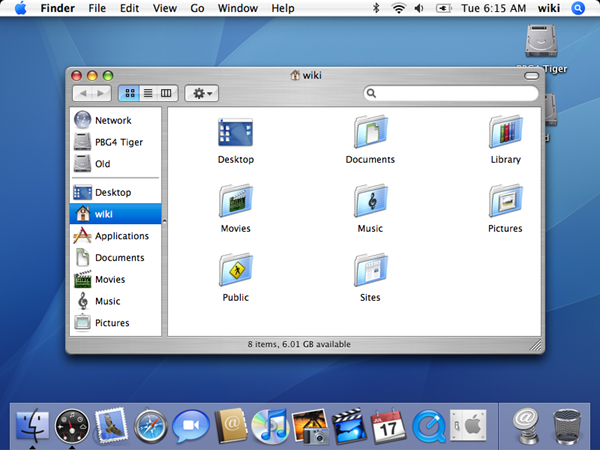End Of File: Prototype() Mac OS
With a Mac keyboard, there are two keyboard shortcuts that provide Home and End key functionality. Fn + left and right arrow keys Press the Function key and the right arrow key to jump to the. If the final character is an at sign (@), then it signifies that the file or folder has extended file attributes relating to security, giving certain apps (like Finder) persistent file access. This is related in part to new security features introduced in macOS Catalina, although file access control lists (ACLs) have been a Mac feature since. Summary: Illegal file/folder names and conventions for the following operating systems: Windows Mac OS 9 Mac OS X Description: EXPLANATION & OVERVIEW In the realm of cross-platform file sharing, sometimes the end users are not aware of the limitations posed by the operating system.
The good ol' EOL (end-of-line) character...
Different operating systems use different characters to mark the end of line:
- Unix / Linux / OS X uses LF (line feed, 'n', 0x0A)
- Macs prior to OS X use CR (carriage return, 'r', 0x0D)
- Windows / DOS uses CR+LF (carriage return followed by line feed, 'rn', 0x0D0A)
Since some of the files were very big, instead of changing line endings in TextWrangler I decided to use command line (shocking, I know).
 First I executed
First I executedEnd Of File: Prototype() Mac Os X
Mac Os File System Structure
to confirm existence of the dreaded ^M (carriage return) at the end of every line, and then ranto generate new files without CR characters.
tr (translate character) is a nice little utility that does just that, substitutes one character with another or deletes it (like in my example). It's available on pretty much any *nix distro so no need to install additional software.
In 1984 Apple Computer unveiled their Macintosh. It included a new user interface that revolutionized the way people though about computer interaction. Originally referred to as simply 'Macintosh System', the underlying OS was a single-tasking disk system for the Motorola 68K CPU. Significant changes were made in MacOS 7.x.
Emulation note: For MacOS 0.x-6.x we recommend the vMac Mini emulator.
It is possible to write Macintosh 400k/800k images to a real disk using a Kryoflux.
Mac Os X File System
Note: Wikipedia's/Apple's Developer CD Classic Mac OS 'System Software' numbering scheme is GARBAGE and should NOT be used.
Screenshots
Release notes
Twiggy Mac OS is a development pre-release used with the 5.25' Twiggy prototype Macintosh.
This version will not run on a normal Macintosh or emulator, and used Apple's 5.25' Twiggy floppy disk. A special Twiggy Macintosh emulator is included so you may try it for yourself.
There are also two 'Sony Test' pre-releases, that run from a 3.5' disk. One includes a late version of the original Finder prototype renamed as 'Flounder'.
A detailed review can be found here: Toastytech Apple Macintosh Twiggy Pre-Release